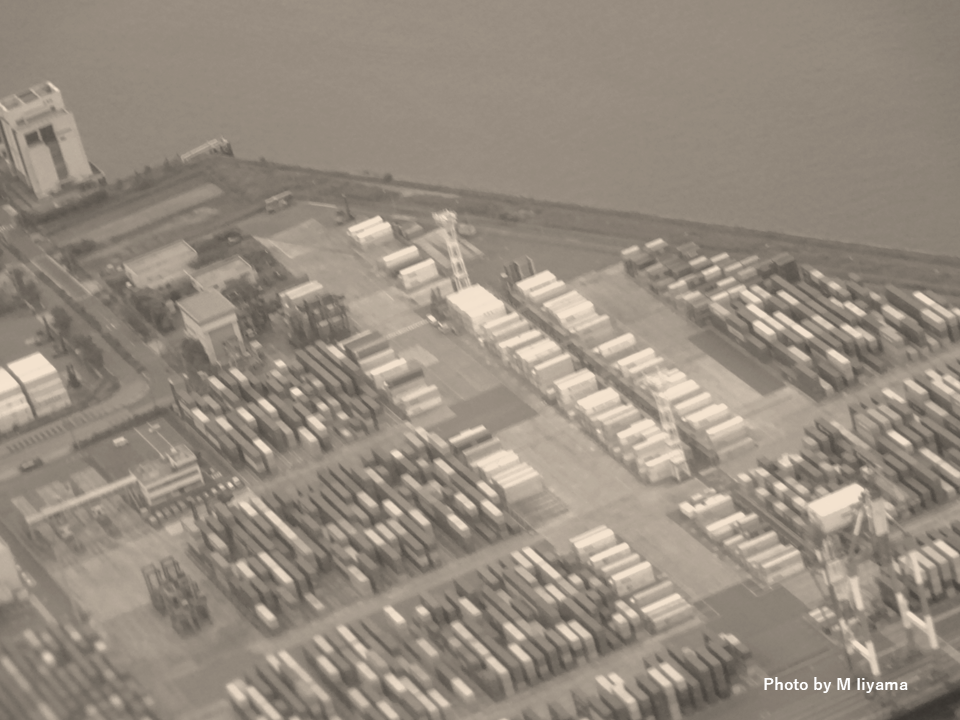Pick Up
724. One Year Since Russia’s Invasion of Ukraine

One year has passed since Russia invaded Ukraine on February 24, 2022. This event added another geopolitical shock to a world already facing the COVID-19 pandemic, climate change, and supply chain disruptions, and quickly increased the uncertainty surrounding global food security.
Russia and Ukraine are the world's leading producers and exporters of wheat, an important staple food crop, but they are also major producers and exporters of feed and oil crops such as maize and sunflowers, and Russia is an important exporter of fertilizer. Russia's invasion of Ukraine caused concerns about supply chain disruptions, and food, fuel, and fertilizer prices soared. Although international food prices have since calmed down, high prices for inputs such as feed, oil crops, and fertilizers have put pressure on producers' operations, causing many food companies to raise the prices of processed products, and cost-push food inflation continues around the world.
When we think of a food crisis, it is easy to imagine a situation in which there is a shortage of or lack of access to staple food crops such as wheat, rice, and corn. On the other hand, the crops produced in the world today are not only for direct human consumption, but also for livestock feed, processing, and industrial uses, and disruptions in the supply chain of such goods can have a ripple effect on the food crisis.
A paper published last year in Nature Food presented interesting trends in global crop production statistics and data, organized by usage. The analysis shows a relative decline in the global acreage of crops directly used as food, from 51% in the 1960s to 37% in the 2010s, and a similar relative decline in the acreage of feed crops. In contrast, the paper finds that the area planted to processing, export, and industrial crops has been increasing. The paper predicts that by 2030, assuming this trend continues, the share of area under export, processing, and industrial crops will reach 23%, 17%, and 8%, respectively, while the relative share of area under food crops will drop to 29%.
The paper also pointed to the significant yield gains in export and processing production compared to food production, and attributed this to the pursuit of efficiency and specialization in export and processing production areas. By region, South America, North America, Australia, and Europe are specializing in processing and feed production. In contrast, Sub-Saharan Africa specializes in food production, but productivity is stagnant, production is not keeping pace with population growth, and the paper predicts challenges in eliminating undernutrition in the near future.
While population growth and fast-growing economies in the emerging economies of Africa and Asia are driving significant demand for food, many countries in these regions are experiencing stagnant productivity and struggling to provide enough food to feed their growing populations. As a result, countries in these regions are expected to remain dependent on food imports to meet their food security needs and are therefore highly vulnerable to geopolitical shocks that could ripple through their food systems.
Global food security requires coordinated international efforts to avoid geopolitical supply chain disruptions. At the same time, while the relative performance of food crop production is challenged by the improvement of cultivated area and yield in global crop production, technical assistance in developing regions where food crop productivity is stagnant due to resource availability and conditions for technology application is of critical importance.
Reference
Ray, D.K., Sloat, L.L., Garcia, A.S. et al. Crop harvests for direct food use insufficient to meet the UN’s food security goal. Nat Food 3, 367–374 (2022). https://doi.org/10.1038/s43016-022-00504-z
Contributor: IIYAMA Miyuki (Information Program)
